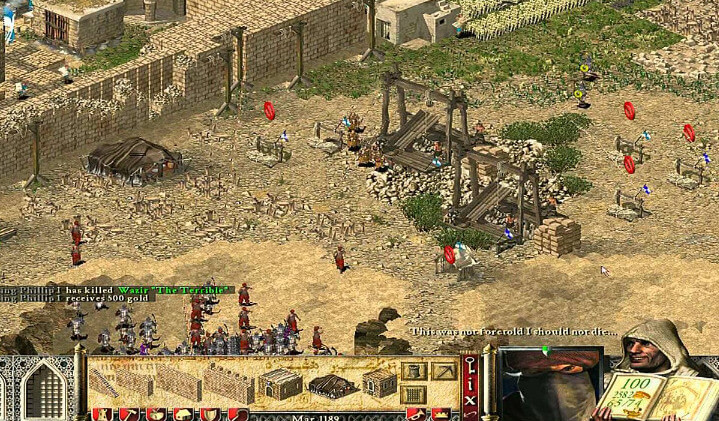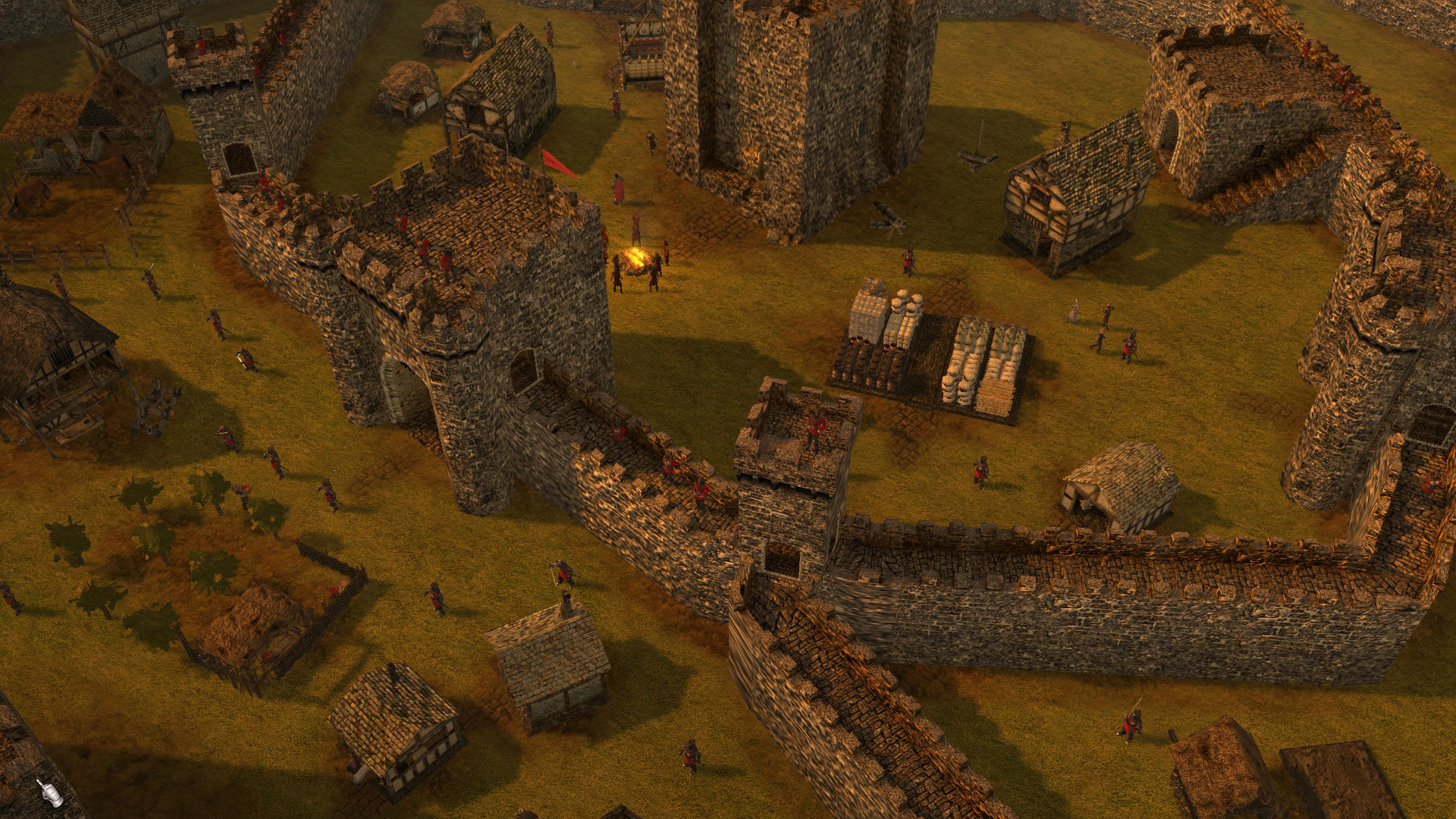

This southern dynasty provided all the later Kings of Leinster. 738), King of Uí Cheinnselaig, and joint leader of the LaiginĪfter the death of the last Kildare-based King of Laigin, Murchad Mac Dunlainge in 1042, the kingship of Leinster reverted to the Uí Cheinnselaig sept based in the southeast in present-day County Wexford. Southern Leinster dynasty: Áed mac Colggen (d.727), King of Uí Dúnlainge, and joint leader of the Laigin Northern Leinster dynasty: Murchad mac Brain (d.Uí Néill Ard Righ attempted to exact the Boroimhe Laighean (cattle-tribute) from the Laigin from that time, in the process becoming their traditional enemies.īy the 8th century the rulers of Laigin had split into two dynasties: In the 5th century, the emerging Uí Néill dynasties from Connacht conquered areas of Westmeath, Meath and Offaly from the Uí Enechglaiss and Uí Failge of the Laigin. In Wales some of the Leinster-Irish colonists left their name on the Llŷn Peninsula (in Gwynedd), which derives its name from Laigin. In the 4th and 5th centuries AD, after Magnus Maximus had left Britain in 383 AD with his legions, leaving a power vacuum, colonists from Laigin settled in North Wales, specifically in Anglesey, Carnarvonshire and Denbighshire. The legendary Finn Mac Cool, or Fionn mac Cumhaill, reputedly built a stronghold at the Hill of Allen, on the edge of the Bog of Allen. Circa 175/185 AD, following a period of civil wars in Ireland, the legendary Cathair Mor re-founded the kingdom of Laigin. He is a likely, but uncertain, candidate as the first historical king of Laigin (Leinster) in the 7th century BC. Úgaine Mór (Hugony the Great), who supposedly built the hill fort of Dún Ailinne, near Kilcullen in County Kildare, united the tribes of Leinster.


The latter part of the name derives either from the Irish tír or from the Old Norse staðr, both of which translate as "land" or "territory". The first part of the name Leinster derives from Laigin, the name of a major tribe that once inhabited the area. The Gaelic Kingdom of Leinster before 1171, considerably smaller than the present-day province, usually did not include certain territories such as Meath, Osraige or the Viking cities of Wexford and Dublin. Leinster, province of Ireland (Hogg, 1784)

The traditional flag of Leinster features a golden harp on a green background. Leinster had a population of 2,630,720 according to the preliminary results of the 2016 census, making it the most populous province in the country. "IE-L" is attributed to Leinster as its country sub-division code.
#Stronghold for mac free iso
However, it is an officially recognised subdivision of Ireland and is listed on ISO 3166-2 as one of the four provinces of Ireland. Leinster has no official function for local-government purposes. In later centuries, local government legislation has prompted further sub-division of the historic counties. The ancient kingdoms were shired into a number of counties for administrative and judicial purposes. Following the 12th-century Norman invasion of Ireland, the historic "fifths" of Leinster and Meath gradually merged, mainly due to the impact of the Pale, which straddled both, thereby forming the present-day province of Leinster. The province comprises the ancient Kingdoms of Meath, Leinster and Osraige. Leinster ( / ˈ l ɛ n s t ər/ LEN-stər Irish: Laighin or Cúige Laighean ) is one of the provinces of Ireland, situated in the southeast and east of Ireland. ^ Leinster contains the entirety of the Dublin constituency and parts of the South and Midlands–North-West constituencies Leinster contains 44.4% of the population of the Midlands–North-West constituency and 32.3% of the population of the South constituency. Beginning with A, C, D, N, R, W, Y (primarily)Ī.


 0 kommentar(er)
0 kommentar(er)
